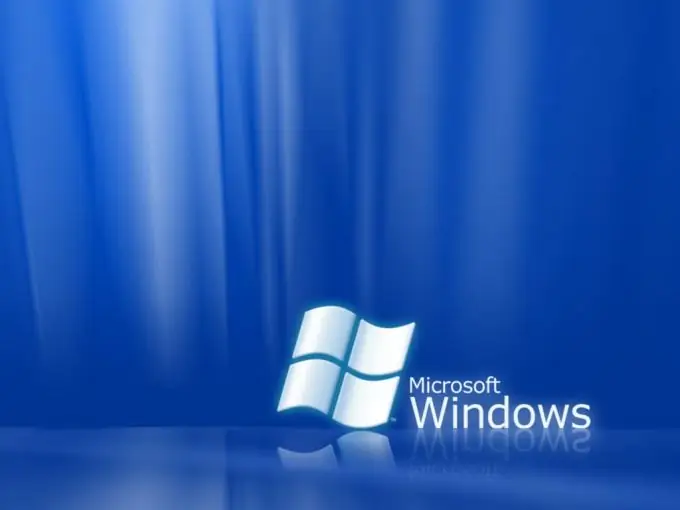The Windows operating system allows the user to manage personal files stored on a personal computer. In this case, the user can change, delete, copy and transfer personal data. But there are situations when the file has already been cut, but has not yet been pasted into another folder. In this case, the system provides for a file buffering system.

Necessary
Basic personal computer skills
Instructions
Step 1
First, make sure that the file is indeed still cut. To do this, check the directory of its previous location.
Step 2
If the file is not there, then you may have already moved it to another directory. To search for the transferred file, call the "Start" menu and select the "Search" line there. In the window that appears, enter all the information you know about the transferred file (for example, name, file type or size). After entering all the required data, click the "Find" button. If the file was moved to another folder, the search engine will find it and show the current location.
Step 3
If a file is in the same folder as before, but its icon is displayed in a translucent form (as hidden files and folders look like), this means that the file is still in the operating system's clipboard. That is, the file is officially still in the same folder, but is ready to be moved. To return such a file, in the main window menu, click the "Edit" button, and in the list that appears, select the "Paste" line. After that, the system will give you a window notifying you of an error when moving (that the selected folder is the source for this file). In this window, click the "OK" button, and the file will be displayed in its usual form again.






